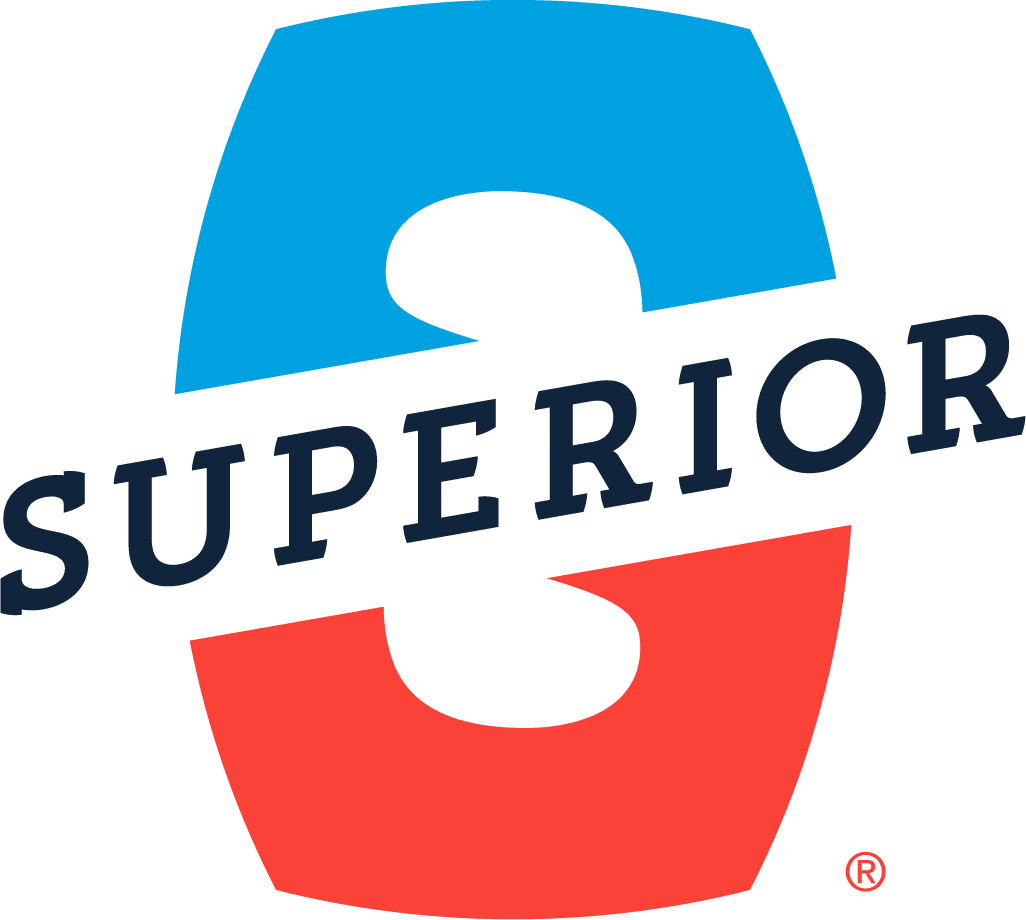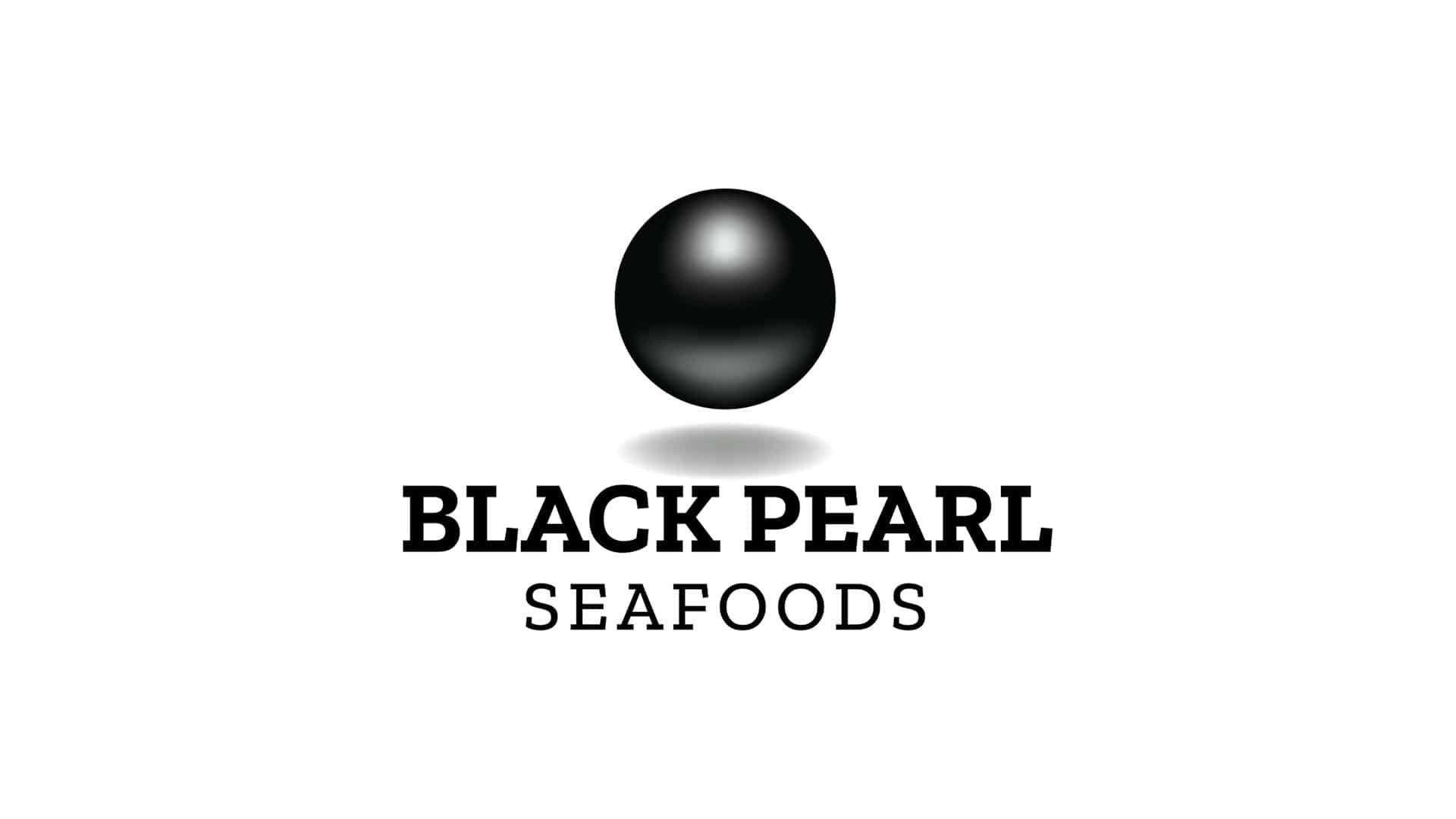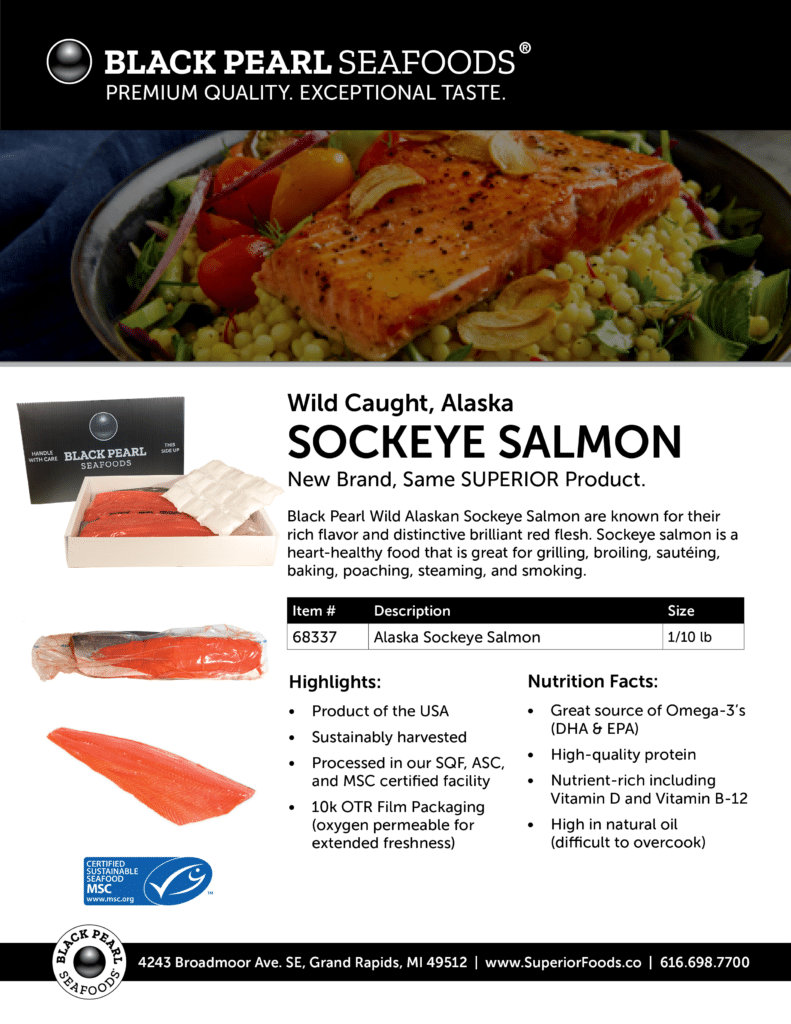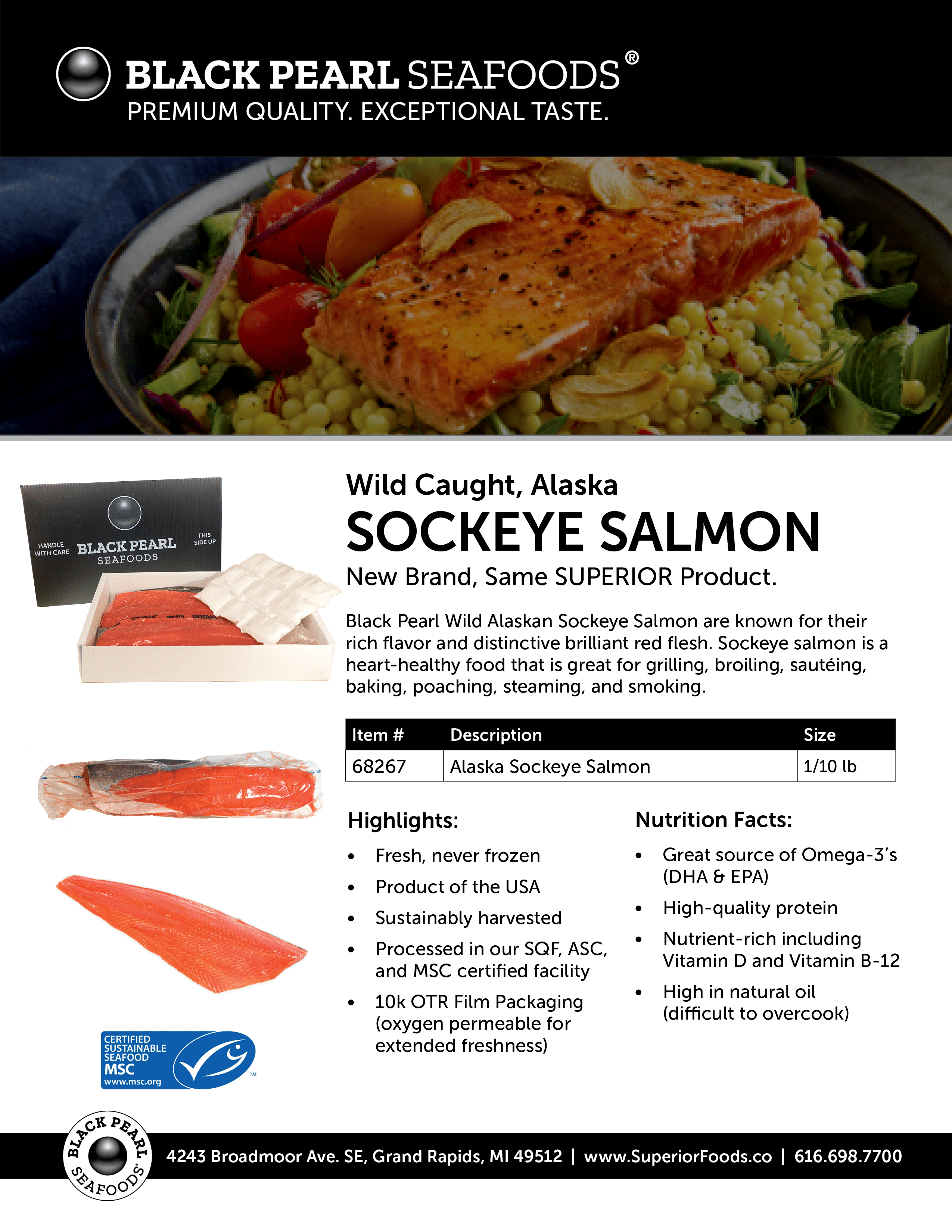Alaska Sockeye Salmon
Black Pearl Wild Alaskan Sockeye Salmon are known for their
rich flavor and distinctive brilliant red flesh. Sockeye salmon is a
heart-healthy food that is great for grilling, broiling, sautéing,
baking, poaching, steaming, and smoking.
